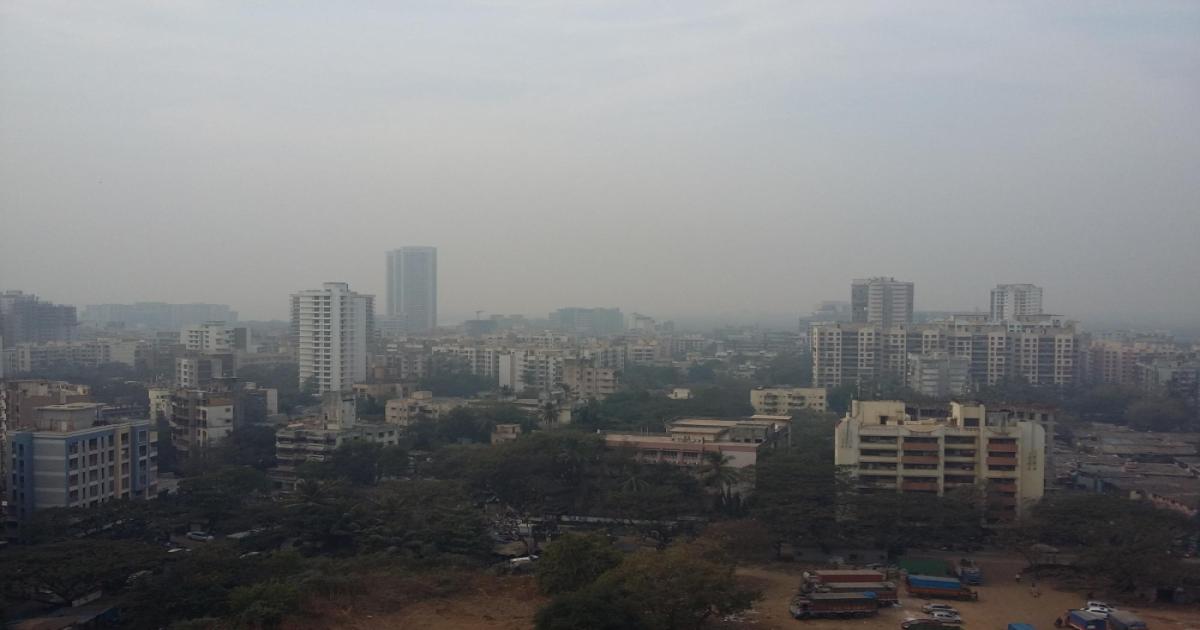
North India, rising pollution levels due to stubble burning and varying weather conditions have led to a significant decline in air quality. Stubble burning, an annual occurrence in several states, is a primary cause of increasing pollution in Delhi. However, Delhi's pollution level doesn’t always correlate directly with the number of burning events; it’s influenced heavily by weather conditions, especially wind speed and direction.
On November 1, stubble burning contributed to a 35.2% spike in Delhi’s PM 2.5 levels, marking the highest increase this season. Experts explain that the impact of stubble smoke depends on the wind’s direction and speed, which can lead to a sudden rise in pollution within a single day.
Several cities in North India are facing concerning air quality, with AQI levels marked as “Very Poor” across Delhi (352), Baddi (344), Mandideep (343), Chandigarh (332), and Bahadurgarh (305). Other areas like Singrauli (299), Hapur (289), and Bhopal (275) reported AQI levels in the “Poor” category. This pollution increase poses serious health risks, adding to public concern.
| City | AQI Level |
| Delhi | 352 |
| Baddi | 344 |
| Mandideep | 343 |
| Chandigarh | 332 |
| Bahadurgarh | 305 |
| Singrauli | 299 |
| Hapur | 289 |
| Hanumangarh | 285 |
| Bhiwadi & Greater Noida | 281 |
| Manesar | 280 |
| Baghpat & Bikaner | 277 |
| Jind | 276 |
| Bhopal | 275 |
| Amritsar | 267 |
These ongoing environmental shifts and pollution levels highlight a need for greater awareness and measures to tackle the worsening air quality.
Weather patterns also vary widely across India. Mountain regions are experiencing the onset of winter, and the Meteorological Department has issued a light rain alert for these areas. In contrast, parts of North India are only seeing mild winter in the mornings and evenings. People in Delhi and NCR are still waiting for colder temperatures. Meanwhile, some southern states continue to experience rainfall, with alerts issued for further rains in certain areas.
Read More... AQI Alert: Rising Air pollution in North India poses serious health risks, Delhi and other cities severely affected